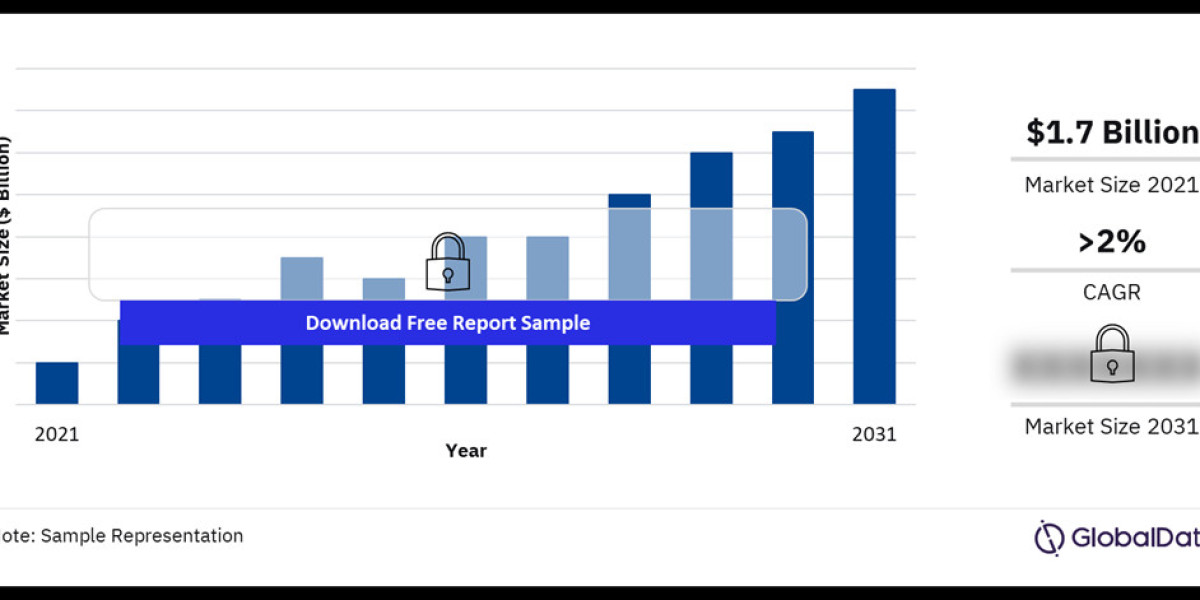The diabetic neuropathic pain market is growing rapidly, driven by the increasing prevalence of diabetes and the rising awareness of diabetic complications. Diabetic neuropathic pain, a type of nerve damage resulting from high blood sugar levels, significantly impacts patients' quality of life, making effective treatment crucial. The market for diabetic neuropathic pain management includes various pharmacological treatments, emerging therapies, and ongoing research to discover more effective solutions.
Overview of Diabetic Neuropathic Pain
Diabetic neuropathic pain is a common complication of diabetes mellitus, characterized by nerve damage due to prolonged high blood glucose levels. It manifests as burning sensations, sharp pain, tingling, or numbness, primarily in the feet and hands. If untreated, it can lead to severe discomfort, mobility issues, and other complications like ulcers or infections.
Market Size and Growth Dynamics
The diabetic neuropathic pain market is experiencing growth due to increasing cases of diabetes, especially Type 2 diabetes, which is prevalent in both developed and developing regions. According to the International Diabetes Federation (IDF), the global diabetic population is projected to reach 643 million by 2030, significantly increasing the demand for effective neuropathic pain management.
Key Market Trends in Diabetic Neuropathic Pain
1. Rising Prevalence of Diabetes and Complications
The increasing number of diabetic patients is a key driver of the market. As diabetes progresses, the likelihood of developing neuropathic pain increases, creating a substantial demand for treatments. Factors such as sedentary lifestyles, poor dietary habits, and an aging population are contributing to the surge in diabetes cases globally.
- Growing Geriatric Population: With age, the risk of diabetes and its associated complications, including neuropathy, rises. The growing geriatric population in countries like Japan, China, and the United States is expected to boost the demand for neuropathic pain treatments.
2. Advancements in Pharmacological Treatments
Pharmacological treatments for diabetic neuropathic pain primarily include analgesics, anticonvulsants, antidepressants, and topical agents. Recent years have seen several advancements in drug formulations and new approvals:
- Anticonvulsants and Antidepressants: Medications like pregabalin (Lyrica) and duloxetine (Cymbalta) are widely used to manage diabetic neuropathic pain. Ongoing clinical trials and drug developments are focused on improving efficacy and reducing side effects.
- Opioids and Combination Therapies: Opioids are sometimes used for severe pain, but concerns about dependency and side effects have led to the exploration of combination therapies. Researchers are working on developing opioid alternatives with fewer risks.
3. Innovative Drug Delivery Systems and Biologic Therapies
In addition to oral medications, alternative drug delivery systems like transdermal patches, intranasal sprays, and topical creams are gaining traction due to their ease of use and targeted relief.
- Transdermal Patches and Topical Agents: Medicated patches and creams containing capsaicin or lidocaine are increasingly being adopted for localized pain relief, with fewer systemic side effects.
- Emerging Biologic Therapies: Research on biologics, such as monoclonal antibodies targeting specific pain pathways, is ongoing. These biologics aim to provide targeted relief by blocking pain signals.
Buy the Full Report to Gain More Information on the Diabetic Neuropathic Pain Market Forecast
4. Increased Focus on Patient Awareness and Early Diagnosis
Governments, healthcare organizations, and pharmaceutical companies are emphasizing the importance of early diagnosis and management of diabetic neuropathic pain. Awareness campaigns and patient education initiatives are helping improve early diagnosis rates, leading to timely interventions and better outcomes.
- Telemedicine and Remote Monitoring: The rise of telemedicine and digital health solutions is aiding in the early detection and continuous management of diabetic neuropathic pain, particularly in rural and underserved areas.
Challenges in the Diabetic Neuropathic Pain Market
Despite advancements, several challenges persist in managing diabetic neuropathic pain effectively:
- Underdiagnosis and Mismanagement: A significant proportion of diabetic patients are unaware of neuropathy symptoms until they become severe. This underdiagnosis results in delayed treatment and poorer outcomes.
- Side Effects of Current Treatments: Many existing drugs for diabetic neuropathic pain are associated with side effects like dizziness, nausea, and dependency risks, limiting their long-term use.
Market Segmentation
The diabetic neuropathic pain market can be segmented based on drug class, mode of administration, and distribution channel:
- By Drug Class: Antidepressants (duloxetine, amitriptyline), anticonvulsants (pregabalin, gabapentin), opioids (tramadol), topical agents (lidocaine patches, capsaicin cream), and others.
- By Mode of Administration: Oral, transdermal, topical, and others.
- By Distribution Channel: Hospital pharmacies, retail pharmacies, and online pharmacies.
Key Players in the Diabetic Neuropathic Pain Market
Several major pharmaceutical companies are actively involved in developing and marketing treatments for diabetic neuropathic pain. Key players include:
- Pfizer Inc.: Pfizer’s Lyrica (pregabalin) is a leading medication for diabetic neuropathic pain. The company is also investing in research for new formulations and combination therapies.
- Eli Lilly and Company: Eli Lilly’s Cymbalta (duloxetine) is another prominent treatment for neuropathic pain, widely prescribed globally.
- Johnson & Johnson: The company offers a range of pain management solutions, including topical patches and combination drugs aimed at neuropathic pain relief.
Future Outlook for the Diabetic Neuropathic Pain Market
The diabetic neuropathic pain market is poised for growth, driven by increasing cases of diabetes, ongoing research, and advancements in drug formulations. Key factors likely to shape the market’s future include:
- Personalized Medicine and Precision Treatments: Advances in genomics and biomarker research could lead to personalized therapies tailored to individual patients’ needs, improving efficacy and minimizing side effects.
- Development of Non-Opioid Alternatives: Given the concerns about opioid dependency, pharmaceutical companies are investing in the development of non-opioid alternatives and innovative drug delivery systems for pain relief.
- Integration of Digital Health Solutions: The rise of digital therapeutics and mobile apps for managing diabetes and its complications is expected to play a key role in improving patient outcomes and enhancing market growth.
Conclusion
The diabetic neuropathic pain market is growing steadily due to increasing diabetes prevalence, advancements in pharmacological treatments, and the adoption of innovative therapies. Ongoing research and the development of biologics, non-opioid alternatives, and personalized medicine approaches offer promising prospects for the future.
While challenges like underdiagnosis and side effects of current treatments persist, increasing awareness and technological advancements are likely to drive the market forward, improving the quality of life for patients suffering from diabetic neuropathic pain.








